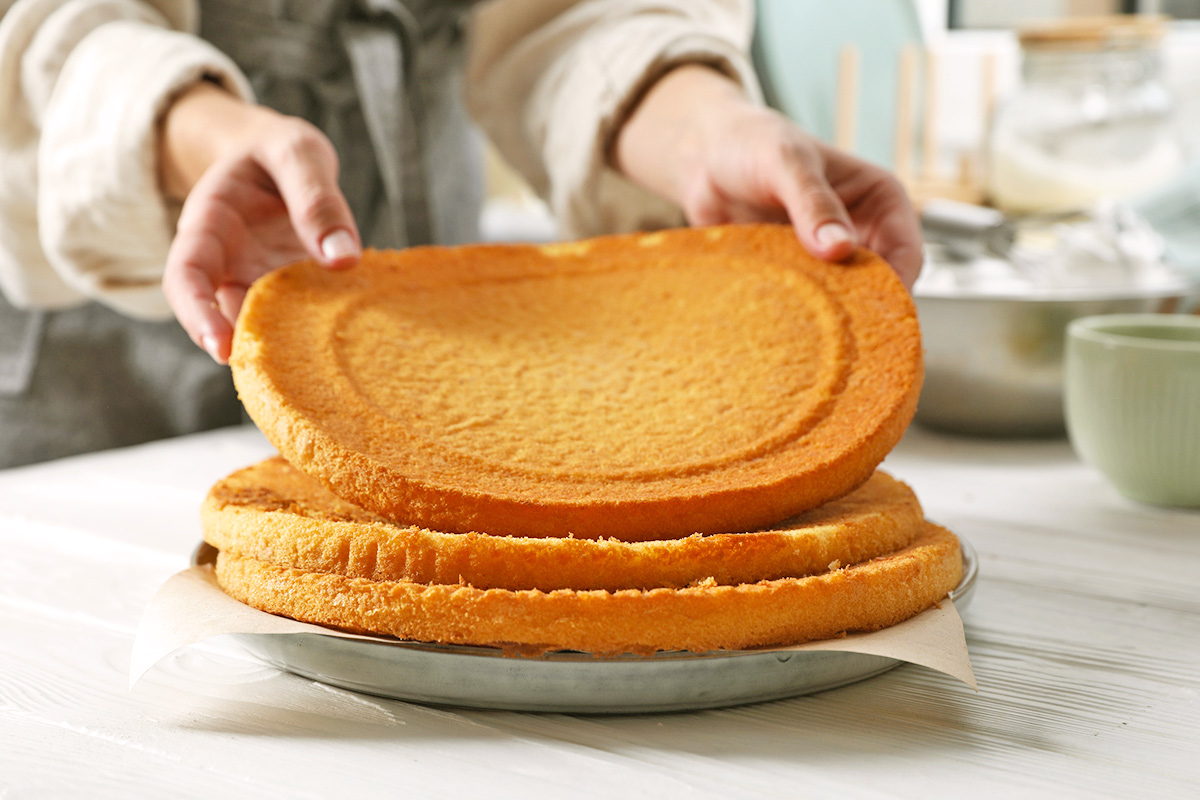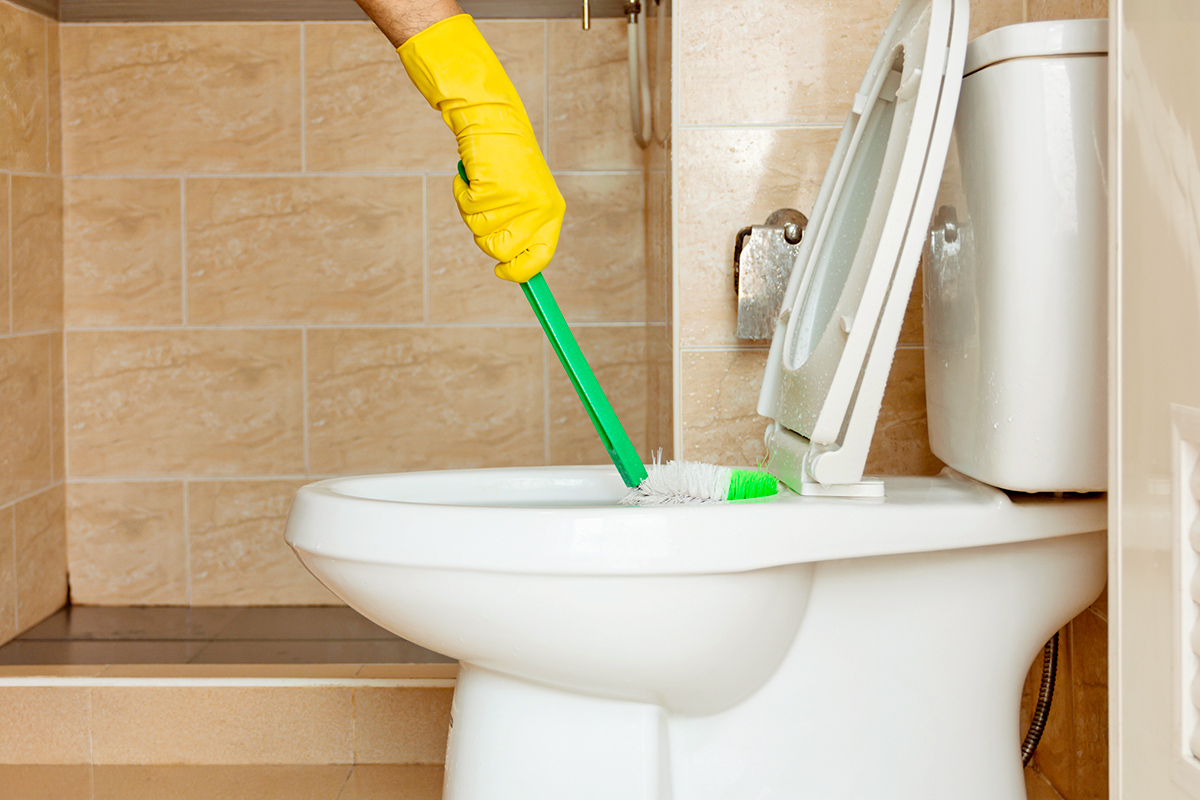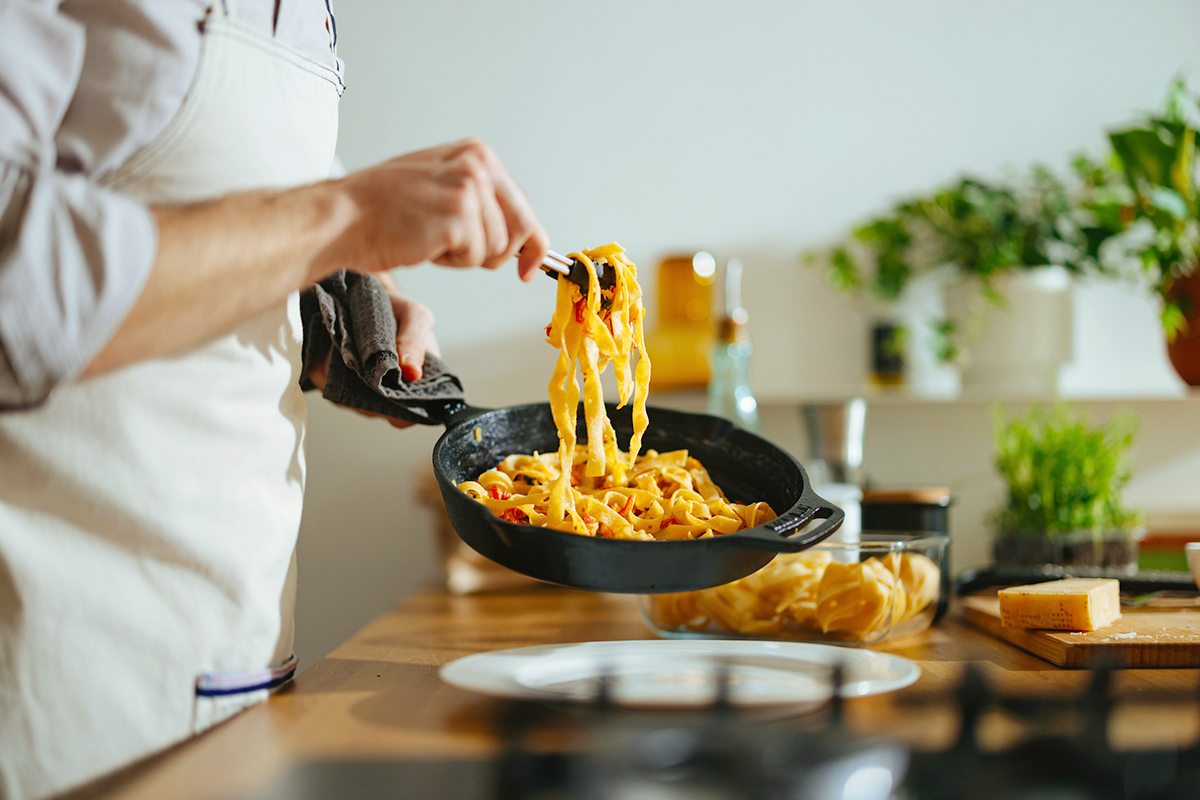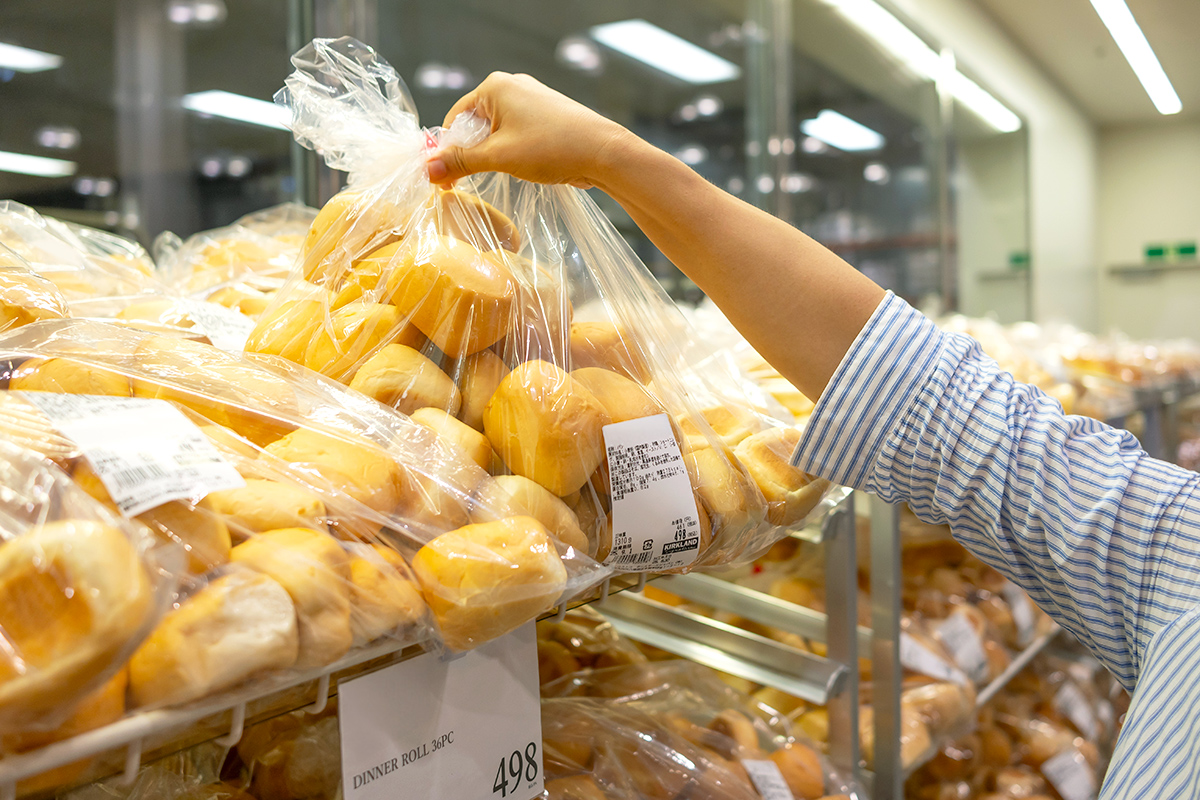There are lots of ways for bakers to show off their skills, and baking a layer cake is a deceptively simple one. It seems easy enough at first, but to ensure your cake is a success, you have to get a lot of things right. (Anyone who’s ever watched a season of The Great British…
The cake must be moist and flavorful, you need to match it to an appropriate icing, and, most of all, the layers have to be perfectly flat. That last part is a sore point for a lot of us because most cakes mound up (or “dome”) in the middle when they’re baked. Here’s the single biggest baking tip to help you make that perfect cake, even if it’s always been a struggle.
Lower the Temperature for a Perfect Cake
Here’s why cakes dome: Like any other food, cakes cook from the outside in — a basic principle of thermodynamics. The thin metal of cake pans transfers the oven’s heat to the batter quickly, causing the edges to bake and firm up before they’ve fully risen. The middle, however, gets lots of extra time. So the trick is to get your cake to bake evenly.
The best way to do that is simply to turn down the heat. Most recipes call for cakes to bake at 350 or even 375 degrees Fahrenheit, and that’s just too high. Turning down the temperature by at least 20 degrees, and up to 50 degrees for some recipes, will fix the problem. The lower heat means your cake will bake more evenly, resulting in minimal doming. One more tip? Oven thermostats aren’t super accurate, so check yours with a separate oven thermometer. It might be running hotter than you think.
More from our network
House Outlook is part of Inbox Studio, which publishes content that uplifts, informs, and inspires.
Other Tips for Perfect Cakes
That’s not the only baking hack for flatter layers. Here are a few more tips to help you bake flawless cakes:
• Use insulating cake strips from Wilton or other vendors (you can also DIY your own in a pinch). These keep the outer edges from baking too quickly.
• Put a heat-conducting baking core in the middle of the pan so it heats at the same rate as the rest of the cake. This is especially helpful with large cakes.
• Use a silicone baking pan. The crust won’t brown, but because silicone is a poor heat conductor, your cake will bake more evenly.
• Try a different recipe or reduce the leavening (baking powder or baking soda) in the one you’re using.
If all else fails, you can simply cut the domed top from your cake with a serrated knife or a cake leveler (even the pros do this). It’s not the end of the world, because you get to taste the cake or use the scraps to make cake pops.



















